
It’s tough to think of a video game character who has suffered as much anguish as Max Payne, the titular detective from Rockstar Games‘ immensely popular third-person shooter franchise. Having lost both his wife and daughter to unnecessary deaths at the hands of others, one would think that he’s endured enough. Unfortunately for the time-slowing digital hero, that isn’t the case, as trouble seems to surround him. That’s good news for us gamers though, as the character’s well-known troubles have allowed for him to be the star of a brand new sequel, aptly named Max Payne 3. Fans have been asking for a second sequel to one of the industry’s most revered bullet fests for years now, and they’ve finally received just that. Now, it’s time for us to analyze how our old pal is holding up after such a long time spent sitting on the proverbial sidelines.
Losing a loved one is one of the toughest things that a person can go through. The grief and sadness that comes with such a loss is unbearable for some, and it can lead to depression, alcoholism or other related issues. It’s in that sadness-fueled abyss that we find Max at the beginning of his latest adventure. Having endured the unimaginable, he’s fighting a losing battle against alcoholism and an unsurprising addiction to painkillers. Spending most of his time in bars, staring at the bottom of empty beer bottles and drink glasses, his inability to live a normal life has worsened and it’s cost him his job at the precinct.
Max Payne 3 doesn’t begin in a conventional way. Instead of picking up the series’ storyline in New Jersey, or even New York City, Rockstar Studios decided to start things off in the South American country of Brazil. It’s there that Max has found new employment, acting as a paid bodyguard for a wealthy family. He’s working alongside Passos, who acted as a recruiter and made the trip to the United States to personally extend his employer’s job offer to the former cop. That proposal was obviously accepted, although not immediately, with the decision being made easier by unfortunate events in the Garden State. That’s all you’ll get here, though. I have no interest in ruining what is an interesting plot device, which makes great use of flashbacks to get players up to speed, while paying homage to the series’ film noir roots.
After a rooftop party on a Brazilian highrise goes awry, Max is called into action in his new hometown. His goal is to save the young trophy wife of his financially capable employer, though what seems like a rather straight-forward task ends up being much more than that. That bullet-filled quest ends up taking him throughout distinctly different sections of the sweltering country, and it paints a picture of a region that couldn’t have a more stark divide between its rich and its poor. As those descriptors suggest, this game’s in-depth plot acts as a social commentary as well as an action-filled entertainment device.

Telling a great story is something that a lot of games have struggled with over the years, but this series has always had interesting plot lines, carrying a captivating character study through two games. For its third outing, a new writer was brought in from Rockstar‘s stable, meaning that certain aspects of the experience will feel different to longtime fans. Though that may be a sticking point for some, a slight change here and there isn’t a bad thing. Max still retains his gruff and conflicted personality, and feels very organic as a result. This is a character who has been through Hell, and must keep going because of his allegiance to strong morals. Despite being the ultimate badass, our machismo avatar cannot be called a typical hero. What’s impressive is how well this game shows Max dealing with his personal problems as he attempts to help others, making it a quality character study. His evolution throughout its run time is quite impressive.
While its predecessors focused on telling stories blanketed by night and the shady practices that go on underneath its darkness, this release occasionally takes advantage of its (sunny) new environment. The result is a game that maintains the run, gun, dive and shoot gameplay design from its previous outings, but shines a new light on them through the use of sunshine, as well as updated design ideas. Some of its scenes take place out of doors, giving more of an open feel to environments that still retain the scripted and linear trappings that we’re used to. Those stages’ use of beaming sunlight contradicts their showcased violence, while occasionally used warehouses look more in tune with what is actually going on. All the while, the aforementioned flashbacks are spliced in at different intervals, bringing back fond memories of yesteryear. They make great use of darkness, though some South American stages also employ night instead of day.
Though it’s hard to believe, it’s been almost a decade since Max Payne 2 expanded upon its predecessor’s revolutionary bullet time mechanic, which enabled players to temporarily slow down time in order to dodge incoming bullets or pull off stylish shots. Since then, this industry has taken a big step forward when it comes to visual, mechanical and physics-based development. Due to these reasons, Max Payne 3 looks and plays quite a bit better than those that came before it, although that is to be expected. The game is fluid and organic, with its main character seen bracing for impact whenever he’s about to hit something while pulling off a time-slowing shoot dodge. When those impacts do occur, their resulting animations are far more realistic than ever before, adding to the created sense of immersion.
Cover plays a much larger role this time around and is a necessary ally. Though that may be disappointing to some, it shouldn’t be. While its required use does take away from the over-the-top dives and rolls that we all love, destructive cover adds a lot to the experience and intensifies most shootouts.
Max Payne 3 is a tough dame, and it lacks the regenerative health system that most current games employ. Instead of being able to hide behind a wall for a minute in order to fully heal, players must make use of the painkillers that help their hero get through each day. Hiding behind something can help you keep from having to use too many of the occasionally found pills, but only certain materials provide nearly perfect protection. Thin and less durable areas of cover, like wood paneled office dividers, will shatter realistically after taking bullets, leaving you open to bullet wounds. This means moving from one cover point to another is an important tactic, though mixing it in with some peek shots enhanced with bullet time will also aid your cause.

Max has access to a plethora of weapons, including pistols, SMGs, assault rifles, shotguns, sniper rifles and explosive projectile launchers. Most of those are found laying on the ground beside slain enemies, and it’s important to become proficient at their use. That is, if you hope to do well in each of the game’s slow motion action set pieces, where Max must take out a certain number of foes while swinging or jumping off of something in the environment. Practice makes perfect during those sections, and you’ll want to keep retrying if you’re interested in earning achievements or trophies. They can only be earned by eliminating all enemies in the segment’s vicinity.
You’ll find that certain types of weapons will fit your individual play style, so those will become favourites. However, the more hardcore folks will try to find every different gun, as well as all of their hidden golden decal parts. Those act as collectibles, along with story-related clues. Plus, using all of the different types of weaponry will help you earn each of the game’s many grinds, which are in-game achievements related to different actions. There are two separate lists for its two main mode variations, which will be explained further on.
Even on easy, the above-mentioned tactics are key to survival, because enemies still happen to pack a punch on what is listed as the game’s most accessible difficulty option. On normal, shootouts are even more damaging, and can be downright brutal at times. Diving in for a great-looking kill adds fun and excitement to the experience, but it can come at a price. When Max lands, he’s stuck on his belly or back for a moment, leaving him open to gunfire from close-by enemies, with their proximity and weapon type determining how much damage is caused. Quite often, a strong close range blast will result in a complete loss of health. However, that doesn’t always mean certain death. A new mechanic (Last Man Standing) has been introduced within this disc-based release, and it gives you a chance to shoot the enemy who killed you as you’re falling. That is, if you have any painkillers left, as one must be used in order to pull this move off.
The team at Rockstar Studios deserves credit for sticking with a beloved formula, refraining from changing things up too much. The enhancements that were made benefit the game, but it would have been nice if the enemies’ bullets didn’t act like homing mechanisms. As mentioned above, this game is far from easy, but it can become frustrating due to the near-perfect aim that every grunt possesses. Since at least several thugs are thrown at you in just about every battle, expect to become angry at the odd cheap death. To combat this frustration factor, each chapter has quite a few checkpoints, though there were a couple of parts where checkpoints were further apart than normal. Providing a challenge is fine, but it needs to be tolerable and fair. Dying a few times just to get a much-needed pill bottle or two becomes annoying.
Last Man Standing is a part of the core campaign, but it can be removed by selecting the Old School difficulty option. It’s flanked by Hardcore, giving gamers two new options in addition to Easy, Normal and Hard. Since just about all of them have their own achievements and trophies, this adds extra replay value to the 10 or so hour-long campaign. Though, those aren’t the only extra story mode tweaks made available to us. A social challenge Score Attack mode, complete with leaderboards, is also available, along with New York Minute and New York Minute Hardcore. Needing to be unlocked through specific campaign completion methods, the latter two force you to beat each level in one minute. The twist is that kills add time onto the clock.
In keeping with the replay value conversation, let’s talk about the newly-introduced multiplayer modes that are present within Max Payne 3. Yes, you read that right – this is the first series release to incorporate competitive online warfare, and it does so impressively. There are several different options, including two deathmatch types, a variation where skilled players can become Max or Passos, and a few all out gang war scenarios. The latter type is the most unique because it takes several traditional game types like capture the flag, control point domination and attack and defend, then gives them a twist. Two large gang teams battle it out over the course of five rounds made up of those modes, as well as a final team deathmatch, to decide the outcome of a turmoil-based storyline. It’s interesting stuff, and becomes quite competitive due to the fact that round wins award their victors with five starting points for the last round.

In the past, when single player-focused games added multiplayer modes, they almost always ended up being underwhelming. Thankfully, Rockstar did a great job of creating an arcade-based competitive arena for its latest big budget release. Matches with good players are a blast, and there are great options for those with varying proficiency levels. As with the campaign, you can choose between different aiming methods (free aim for added challenge and soft lock for a bit of assistance, though the campaign also offers hard lock, which snaps to each enemy with the press of a button.) However, there are also rookie and hardcore variations of certain modes like team and standard deathmatches.
The way that the online arenas work is quite impressive. Instead of giving each player a chance to slow down the entire map with bullet time, the developers made it so that only a player’s immediate area is affected by the assist, which is earned by building up momentum from kills and team actions. Selected special abilities like rapid fire, a seeing eye or a chance to make opponents think their allies are enemies, can be triggered through a similar mechanic known as adrenaline. It’s earned by killing and/or looting enemies. In action, both of these design ideas work very well within a general multiplayer mode that thrives due to fun gameplay, interesting maps and exciting competition. Plus, having the option to create crews is a nice touch.
It’s easy to tell that a lot of work went into all of the aforementioned content, but the same must also be said about Max Payne 3‘s presentation facets. With a game that tells such a mature and developed storyline like this one does, presenting its on-screen action well was surely an important goal for its developers. It’s nice to be able to report that they went above and beyond that goal, delivering gameplay and cutscenes that have a cinematic and (here’s that word again) organic feel, using filters to add style. That look is also added through important words, which are shown on-screen beside the characters. It was neat at first, but it became noticeably over-done as the game progressed.
Bullets are always flying throughout the game’s varied environments, and the sounds they make upon hitting objects are great. While hiding behind cover, you’ll notice that the materials break away realistically, sounding lifelike at the same time. Those high-quality sound effects are complemented by some great-sounding original music, and well above-average voice acting.
While the game’s visual and audio departments both excelled for the most part, I encountered a couple of issues – one being minor, while the other was a marring glitch that others hopefully will not encounter. First off, there’s a bit of frame rate slowdown, although it doesn’t affect the game much at all. It ran really well, and performed better while installed, which is normally a given for current age games. However, there was one time (in the last chapter,) where the indoor venue Max was in became invisible, as did the enemies it housed, though they could still shoot to kill. A checkpoint restart fixed that problem, and it was never seen again.
After nearly a decade of digital hibernation, Max Payne is back in great form in Max Payne 3. Rockstar Studios deserves commendation for creating a very good, yet somewhat frustrating sequel, which does a good job of paying homage to its predecessors while making helpful improvements. Fans of the series may find that it feels a bit different from those releases, but they will surely have a heck of a time shoot dodging their way through waves of deadly goons. This is a must-buy for those who enjoy well-made shooters.
This article is based on the Xbox 360 version of the game, which was supplied to us for review purposes. It has two discs, and requires a swap part-way through its campaign.



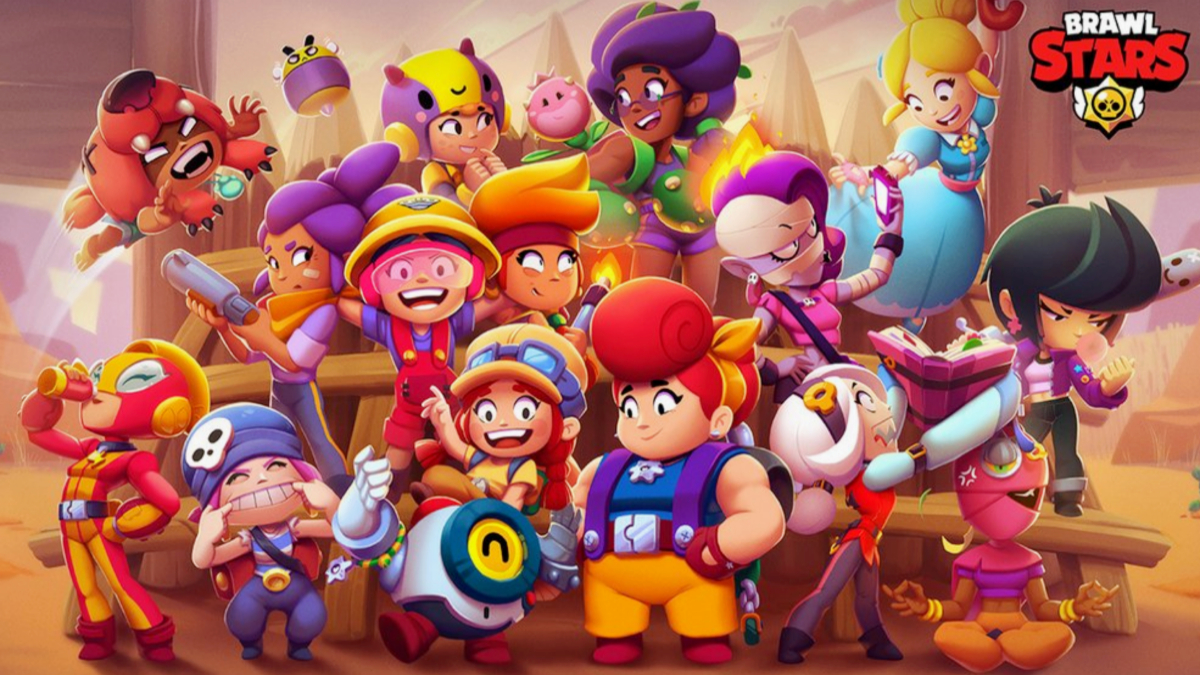
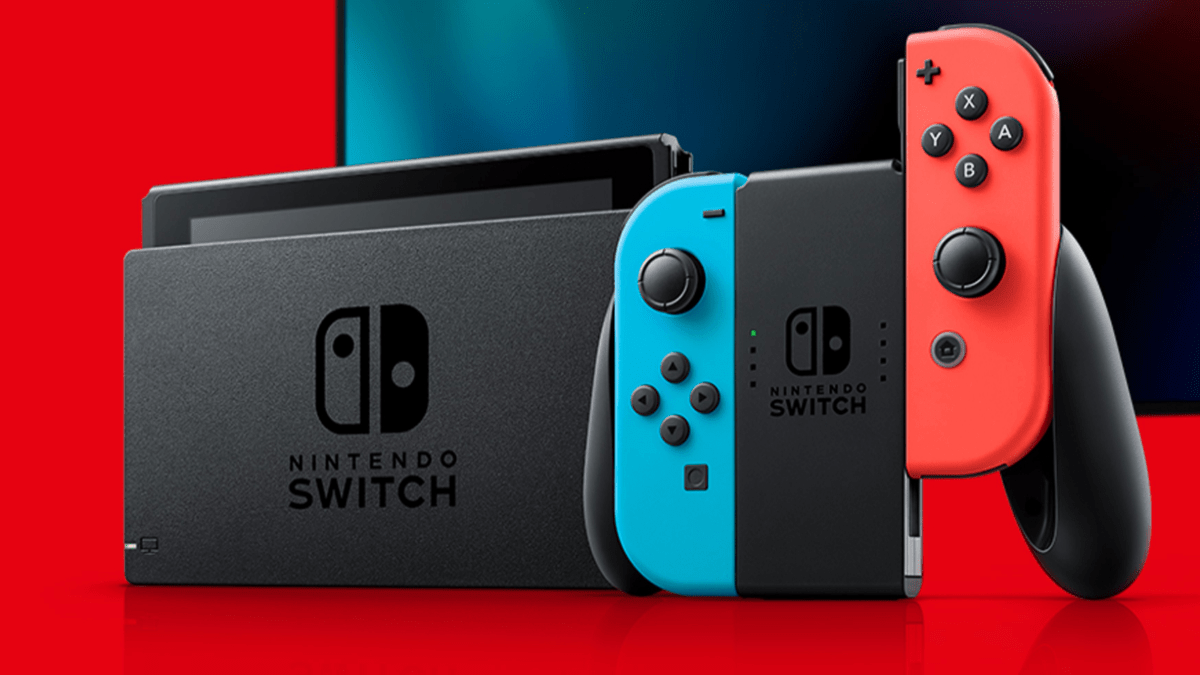
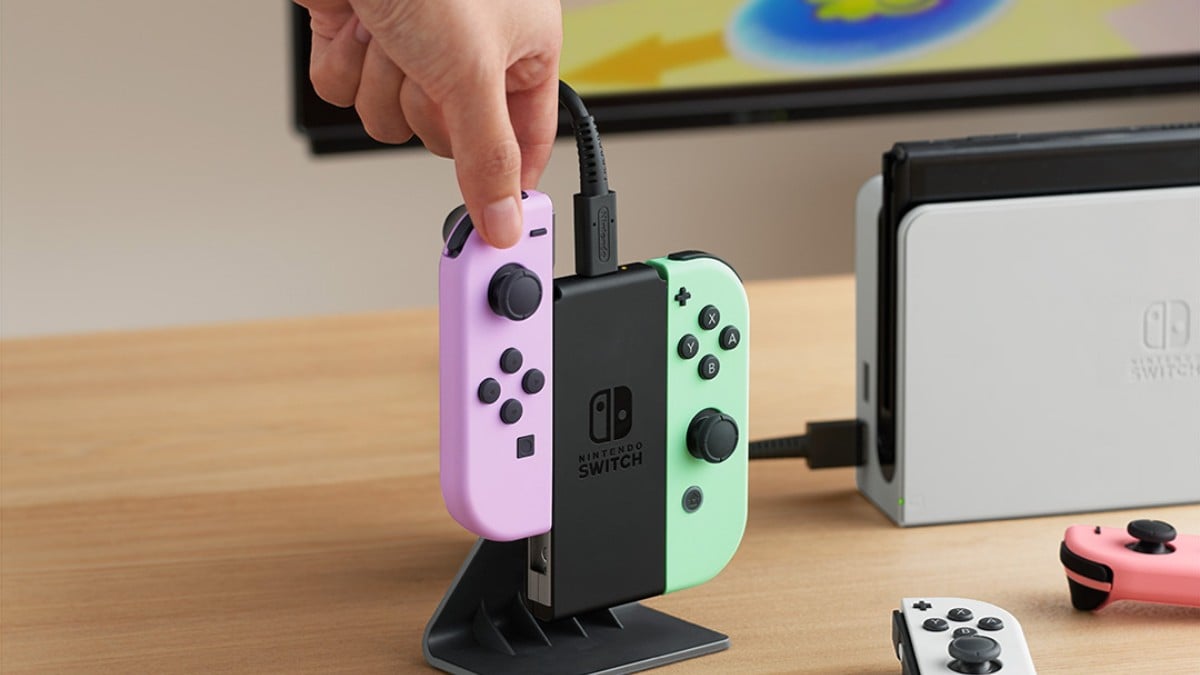
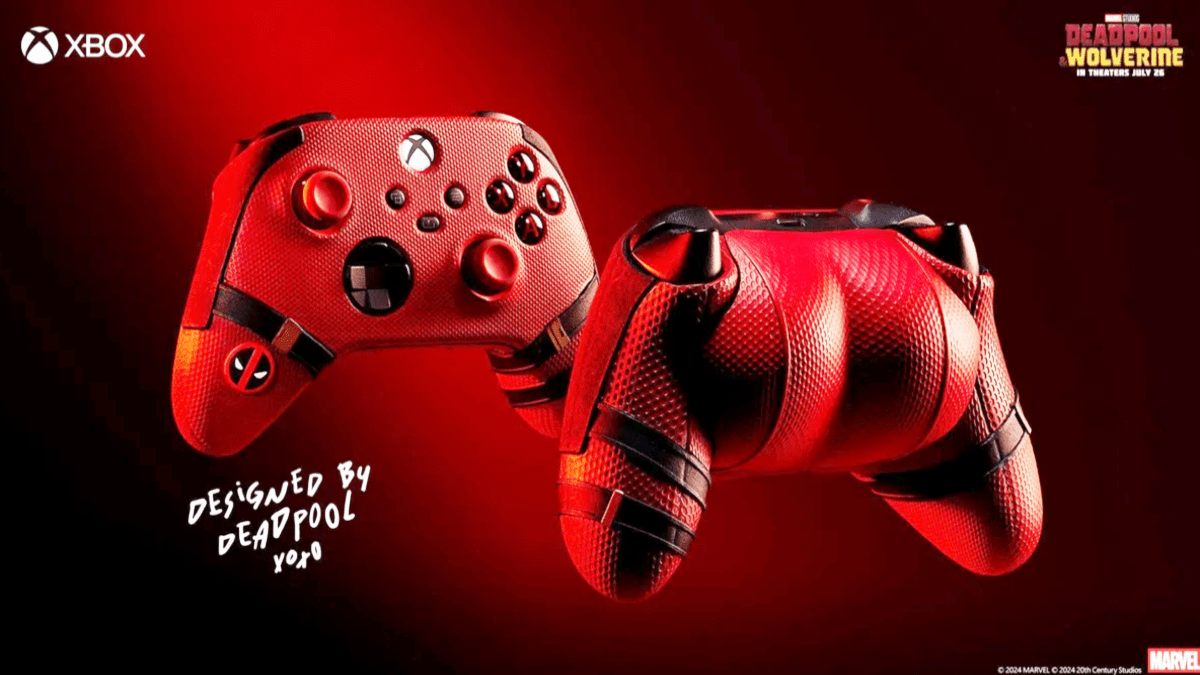
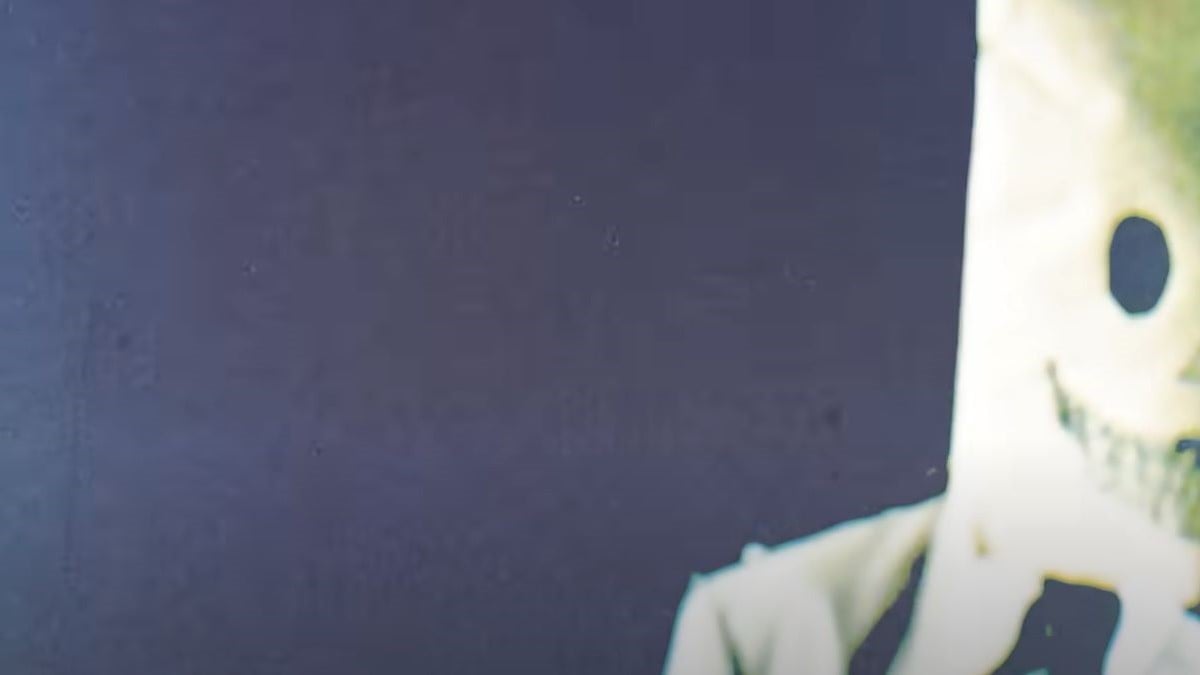
Published: May 25, 2012 09:59 am